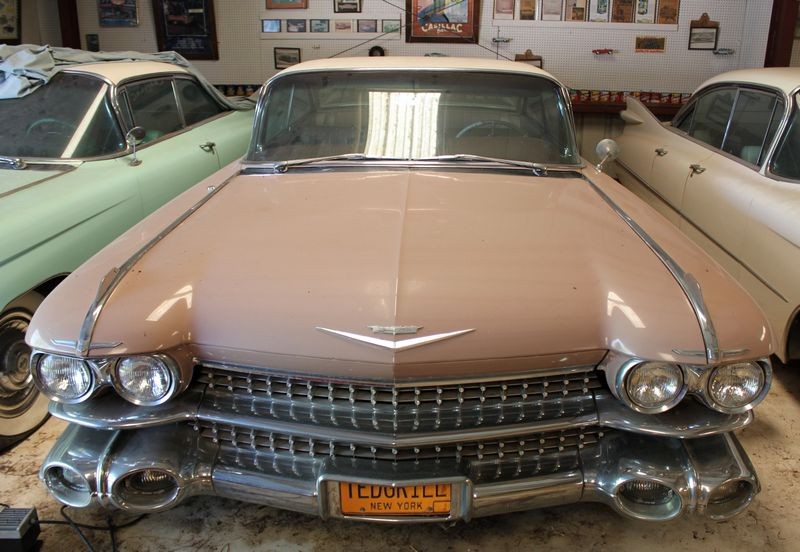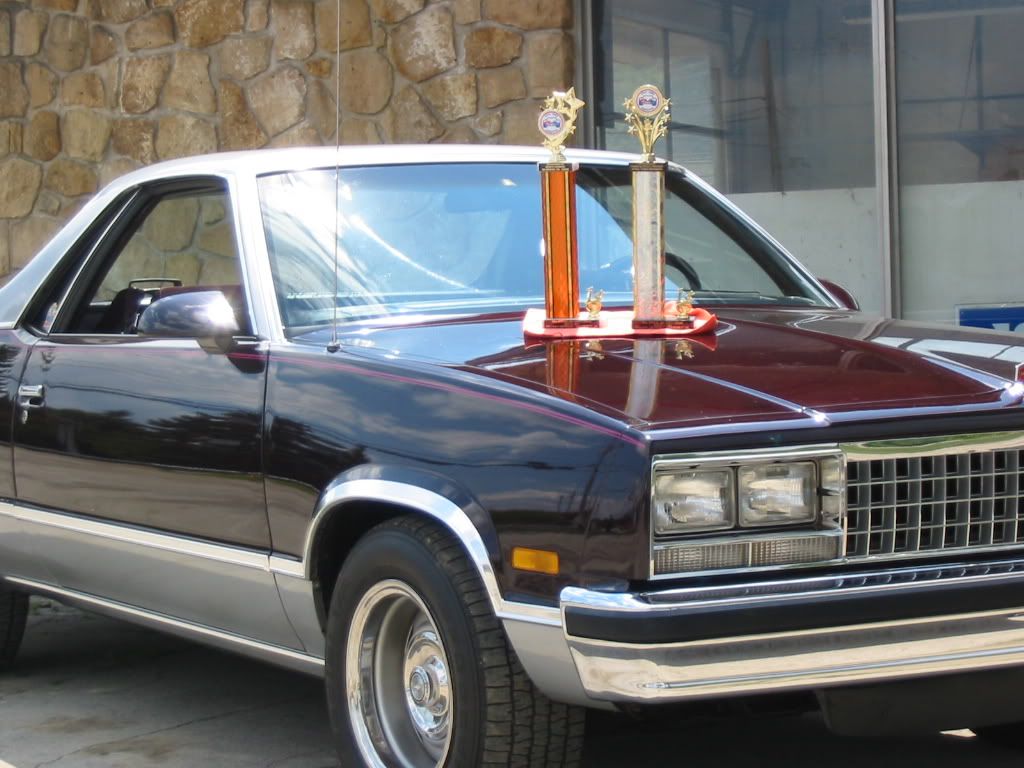Mike,
WOW What a great article, i'm so glad i read this and have a perfect car candidate to try and duplicate the same techniques used..plus i love #7 anyway and this is a new way of using it.. I've sample this sometimes and wondered what it would do if i allowed a heavy coat to work it's way in and "whale" you just did it..!! great job and great article!!
Thank you. It's always nice to hear feedback from our forum members like this. It was also a real honor to have AutoTraderClassic.com publish this article in its entirety on their website.
you are correct in thinking that most would reach for that bottle of sand to get started and this is WAY MORE effective..THANKS!
When working on original and antique single stage paints, the risk is very high that the bottle of sand or as we call it, "Rocks in a Bottle" type products, would have chewed right through the paint and exposed the primer or shiny metal and ruined the original factor of the paint.
Glad I found this article!! I have 4 antique cars with original black paint that need detailing this summer...this sure helps determine the path I will be taking. Hope to post photos as I take them on.
Another very good article for this topic is this one,
The power in the after shots is created in the before shots
Don't rub a big circle in the middle of the hood making a shiny spot BEFORE getting "good" before shots of the hood in the before condition. Click the link above and read through the article, it's based upon a lot of experience on this topic.
The cars?
- 1946 Nash 600
- 1947 Buick Roadmaster
- 1958 Rambler Custom
- 1979 Corvette, locally known by the little kids as the Bat Mobile.
LOL All are low mileage cars - Rambler at 9990K, the Vette at 14K, the Nash at 54K and the Buick at 70K. I'll need a case of #7! LOL
You have a very nice collection and if the paint on all 4 vehicles is the original paint then it's all single stage. GM didn't start spraying basecoat/clearcoat onto Corvettes till 1980.
The paint on GM cars in 1979 was usually not very good and not known for longevity, so if the paint on the Vette is still looking like it's in good shape then definitely give it the #7 treatment versus the rocks in a bottle treatment.
The 1946 Nash and the 1947 Buick will either have lacquer or enamel and if they are not past the point of no return then you can probably do wonders with them, same for the 1958 Rambler.
this is something i cannot wait to try on my car...
What are you working on? This technique and product are primarily for pre-1980 cars.
excellent article and the information I have received from it and this board is priceless
We strive to make AutogeekOnline the best place to get real-world how-to information that helps people to be successful in their garage... there's lots of detailing discussion forums and we appreciate you're participation on this one.
If you like
AutogeekOnline.net... then practice a
win/win deal. That is if you feel like you're winning with the articles, videos and information, then share our forum with your car buddies as chances are good they'll find it a helpful resource for their detailing projects. That's win/win, you win and we win.
:dblthumb2:


